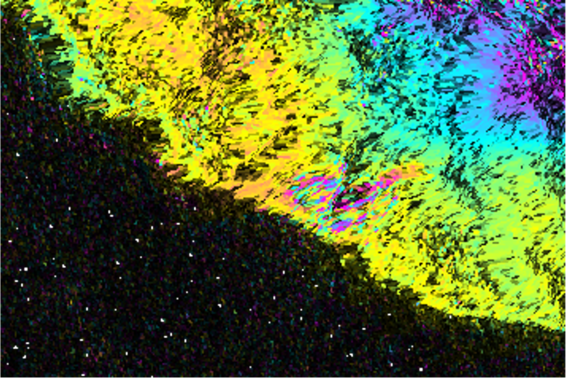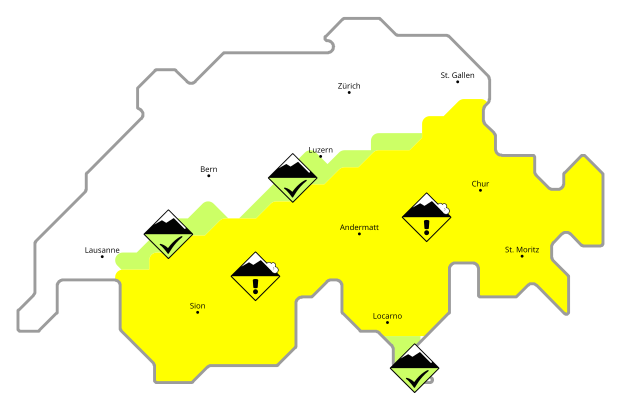Integrating satellite InSAR and feature tracking for early mass movement detection and warning
2021 - 2024
Cooperation Financing
The proximity of steep topography to lakes, ice, and snow in alpine regions can quickly turn remote slope failures into catastrophic hazard cascades. Negative impacts from such events can be mitigated if slope instabilities and changing hazard conditions are detected early and monitored closely. At the regional scale, remote sensing data can aid such monitoring and help understand the role of environmental conditions such as precipitation, temperature changes, or snow melt as drivers of alpine mass movements. Against this background, this project sets out to understand how regional-scale hazard mitigation can be supported by remote sensing data, i.e. optical and radar imagery acquired from satellites, and to establish the strengths, limitations, and uncertainties of these data in the context of early warning.
By analyzing time series of ground displacement and meteo-climatic variables, we will assess how temperature and precipitation may control the surface deformation at the two key study sites Spitzer Stein (BE) and Brienzauls (GR), as well as other slope instabilities in the surrounding regions. We compare the remote-sensing derived displacement measurements – from both custom processing pipelines as well as newly available cloud-based processing routines – to the extensive datasets acquired at the key study sites with uncrewed aerial vehicles (UAV), seismic and infrasound sensors, ground based laser scanners, and GPS data. Using this knowledge will help us understand how climate change will impact the deformation of high alpine slope instabilities, and how modern remote sensing tools can best be employed in an early warning capability.
In close collaboration with other projects of the CCAMM-2 Early Warning Cluster, we also leverage satellite data to characterize the water content of snow and changes thereof throughout the season. This information is critical for understanding the transition from dry to wet snow avalanches, which in turn is crucial for accurate avalanche forecasting, as well as understanding future avalanche risk under changing climate conditions.
